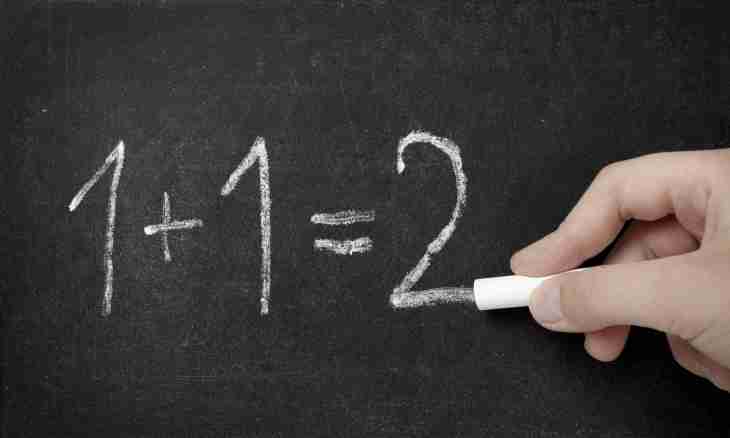Does not leave doubts that proportions - piece necessary. Proportions in our life everywhere. To calculate salary in a year, knowing monthly income. How many to buy goods on money if the price is known. All this proportions.
Instruction
1. At the solution of tasks on a proportion it is always possible to use the same principle. They are also convenient to these. When you deal with a proportion, always act in the following order: Define unknown and designate it by a letter x.
2. Write down a statement of the problem in the form of the table.
3. Define a type of dependence. They can be direct or the return. How to define a look? If the proportion submits to the rule "the more, the it is more", so dependence direct. If on the contrary, "the more, the inverse relation is less", so.
4. Put arrows from edges of your table according to a type of dependence. You remember: the arrow is directed towards increase.
5. Using the table, make a proportion.
6. Solve a proportion.
7. Now we will sort two examples on different type of dependence. Task 1. 8 arshins of cloth cost 30 rubles. How much are 16 arshins of this cloth? 1) Unknown - cost is 16 arshins of cloth. Let's designate it for x. 2) Let's make the table: 8 arshins of 30 rubles of 16 arshins x river 3) we Will define a type of dependence. We argue so: the more we will buy cloth, the more we will pay. Therefore, dependence direct.4) we Will put arrows in the table: ^ 8 arshins of 30 rubles ^ | 16 arshins x river | 5) We will make a proportion: 8/16=30/xx=60 river. Answer: the cost of 16 arshins of cloth is 60 rubles.
8. Task 2. The motorist noticed that with a speed of 60 km/h he passed the bridge across the river for 40 pages. On the way back it passed the bridge for 30 pages. Determine car speed on the way back. 1) Unknown - car speed on the way back. 2) Let's make the table: 60km/Part 40 sx in km/h 30 s3) we Will define a type of dependence. The more speed, the quicker the motorist will pass the bridge. Therefore, inverse relation. 4) Let's make a proportion. In case of inverse relation there is a small cunning here: one of columns of the table needs to be turned. In our case the following proportion will turn out: 60/x=30/40x=80 km / chotvet: back on the bridge the motorist speeded at 80 km/h.

